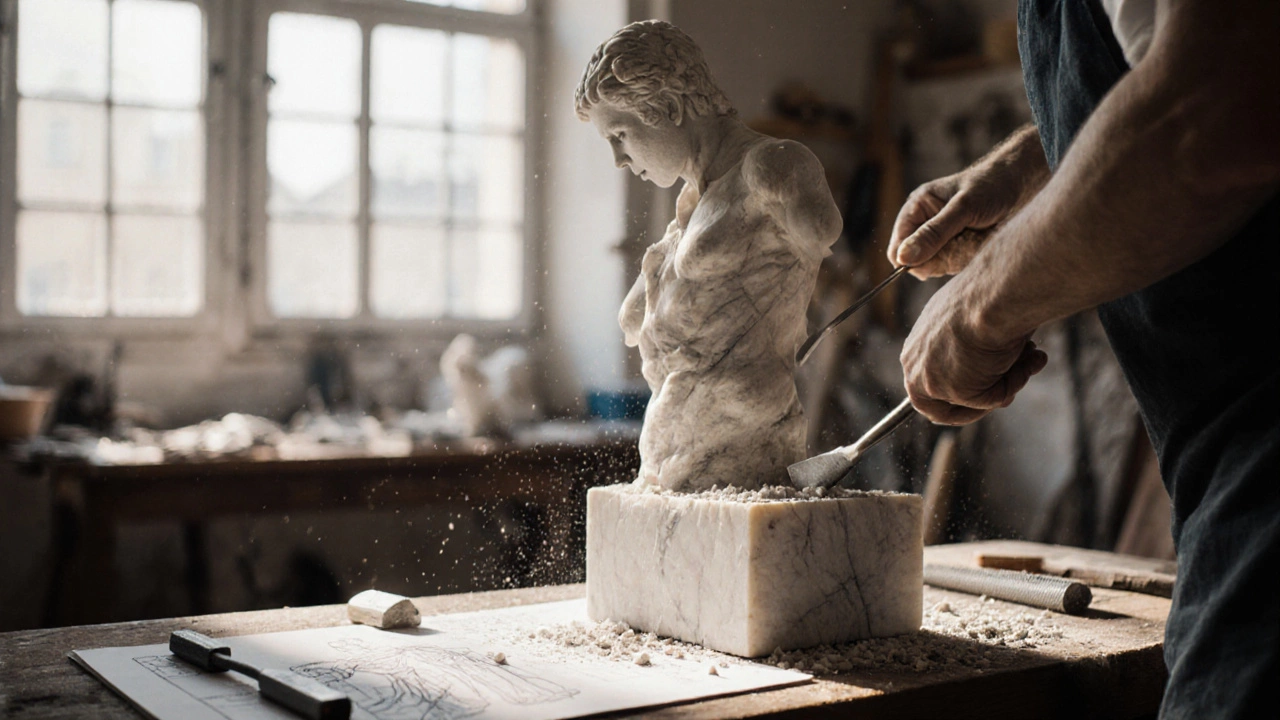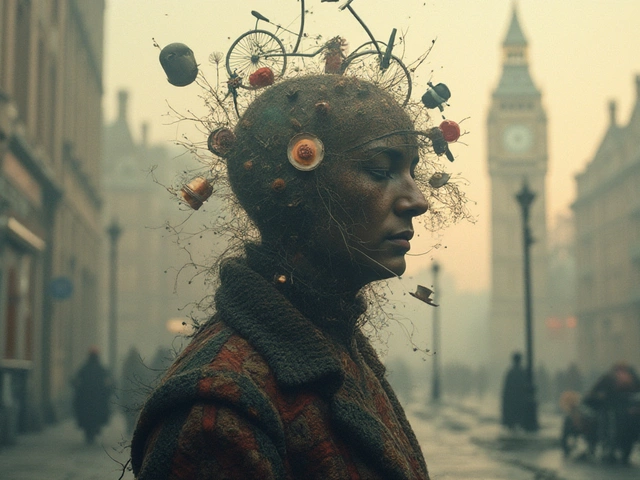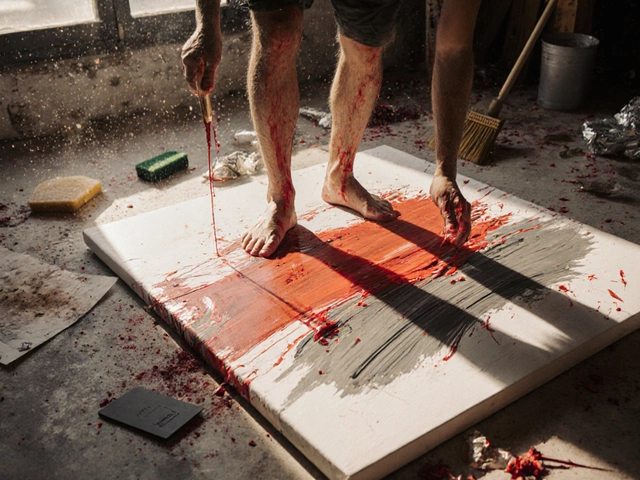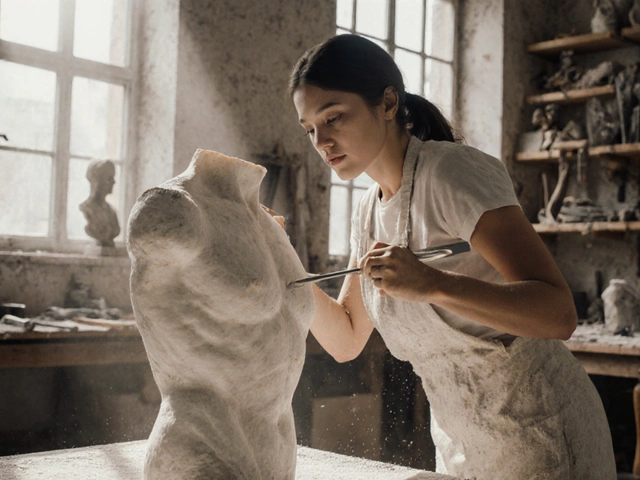Realistic Sculptures: Mastering Life‑Like Forms
When working with realistic sculptures, three‑dimensional artworks that faithfully reproduce the look of real objects or figures, also known as lifelike sculpture, you quickly discover that realistic sculptures demand a blend of precise anatomy, thoughtful material handling, and solid grounding in art history. This art form encompasses anatomical accuracy, the study of human and animal forms to capture correct proportions, muscle tension, and subtle gestures. To achieve that, an artist must command sculpture techniques, methods such as carving, modeling, additive building, and lost‑wax casting. The choice of material, whether clay, wax, plaster, marble, or bronze, directly influences the level of detail and durability of the finished piece. All of these elements are informed by centuries of art history, especially the works of Michelangelo, Bernini, and contemporary realist sculptors who set the benchmark for lifelike representation. In short, realistic sculptures require mastery of technique, a keen eye for anatomy, and an appreciation of historical standards.
Key Elements That Define Realistic Sculptures
First, anatomical accuracy is the backbone of any convincing figure. Artists study skeletal structure, muscle layers, and surface skin tones to reproduce the subtle shifts that make a pose feel alive. Next, the technique chosen shapes how those details emerge. Carving marble forces the sculptor to think in reverse, removing material to reveal forms, while modeling clay allows for quick adjustments and iterative refinement. Material choice then adds texture and weight; marble offers a pristine, luminous finish, whereas bronze provides strength for dynamic poses and outdoor display. Finally, art history offers a roadmap of stylistic evolution – from the idealized realism of the Renaissance to the hyper‑real detail of modern figurative work – helping artists decide which tradition to follow or reinterpret. Understanding how these pieces fit together lets you plan a project that flows from concept to finished sculpture without losing the lifelike quality you aim for.
Below you’ll find a curated set of articles that dive deeper into each of these topics. Whether you’re curious about the origins of realism, looking for step‑by‑step guidance on carving techniques, or wondering which material suits your next project, the posts in this collection cover the full spectrum. Explore the practical tips, historical insights, and technical breakdowns that will help you turn a block of stone or a lump of clay into a believable, breathing work of art.
Realistic Sculptures: What They're Called and How They Differ
Learn what realistic sculptures are called, explore key terms like figurative, naturalistic, and hyperrealistic, and discover techniques, materials, and where to see them.
Continue Reading




